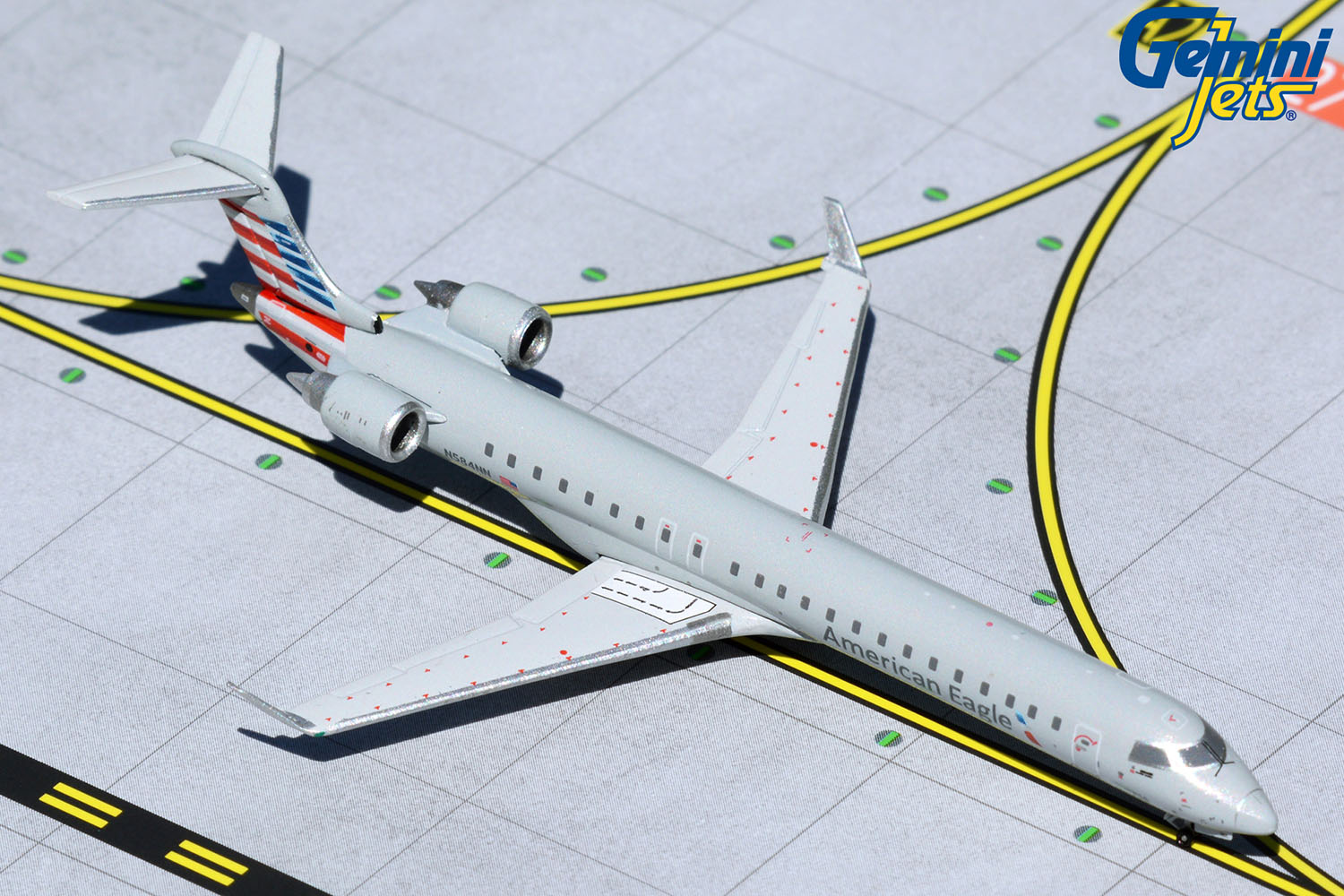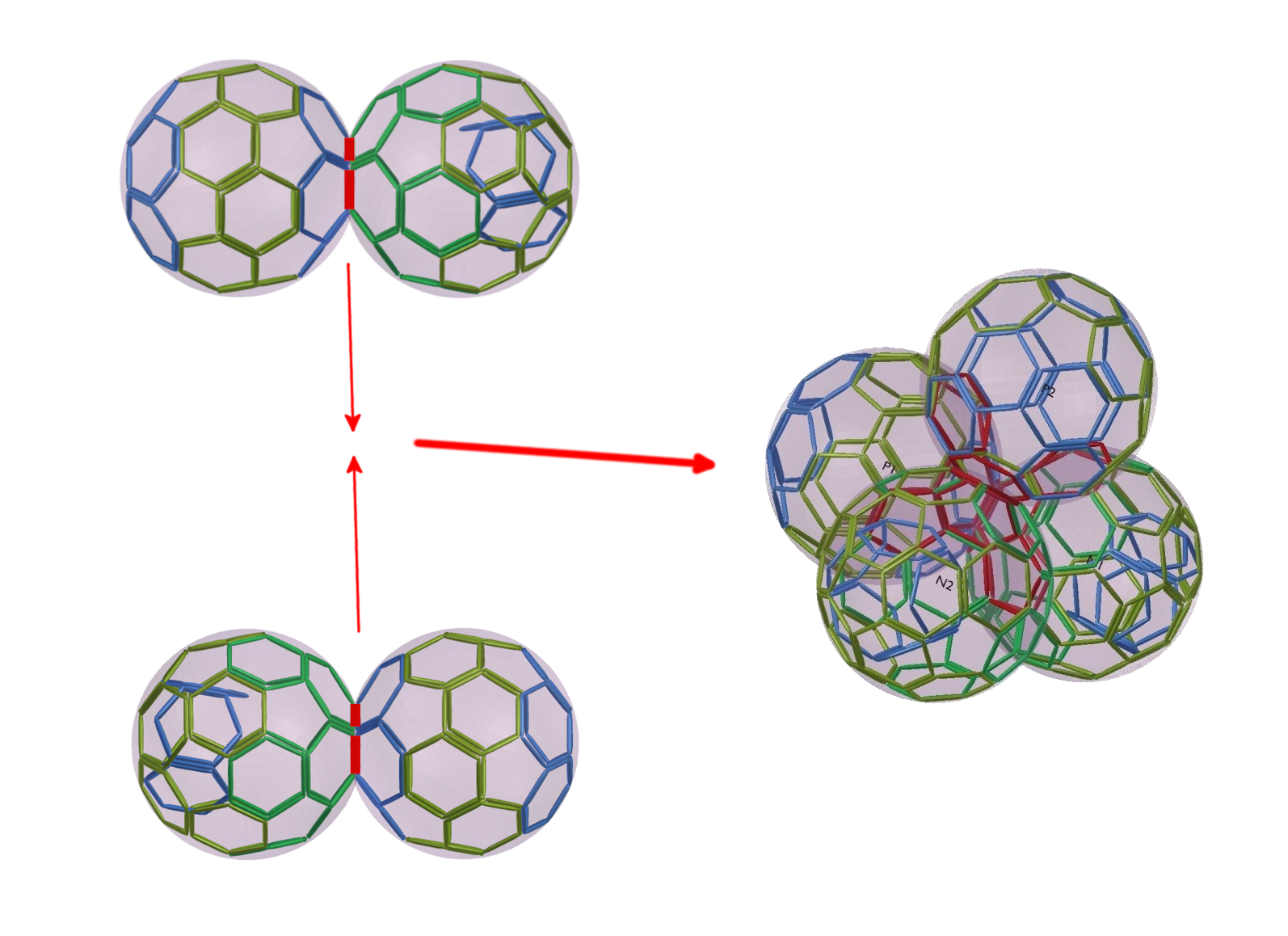Physics has been confused about the relationship of its models to reality. To see how this can happen, consider the image below of a model of a jet airplane:

This is a great replica of a jet, but it is not a jet! The real jet takes passengers, uses jet fuel, takes off, flies for considerable distances, lands, refuels, etc.
To be sure, there are models of jets that do take off, fly and land. There can be many different models of a jet, and each may replicate different attributes of the real jet. None of these models would be the real jet.
A good example of real physicists falling into the trap of thinking their model is reality is the criticisms leveled early on (and to this day in some quarters) at cold fusion. As mentioned in an earlier post, it was observed that during fusion of two Deuterium nuclei in a particle accelerator collision, a Helium nucleus was formed and a gamma ray was produced. Each Deuterium nucleus has a proton and a neutron, and a Helium nucleus has two protons and two neutrons:

In addition to the Helium nucleus, the reaction − in a high-speed collision − also yields a gamma ray (a high energy light photon.) Since this gamma ray was not observed during cold fusion, physicists claimed the observation of cold fusion was “impossible”. The obvious error here is that cold fusion occurs a low energy, and slower speed. The model that the physicists built which modelled high-speed collisions very accurately did not apply to low speed collisions, where the spherical caps yielding the binding energy are likely broken in series rather than all at once.
In the real world, this actually happens to us almost daily. We observe the behavior of a new acquaintance, and we might conclude “that person is really nice!” We have built a model of the person, but obviously our model is not the person. In some new circumstance, we might learn the person is not so nice after all. The model we built, based on a finite set of early observations, was not accurate or broad enough to be useful in other situations.
The New Physics uses the word “model” instead of the word “theory” to describe its hypotheses. This is more accurate and seems to keep the ideas in appropriate perspective.
As George Box (a famous statistician) said, “essentially all models are wrong, but some are useful.” It is wise to understand some basic things about models:
- It is not possible to “prove” a model (or theory) is correct, only that in some domain of experiment it is accurate to some degree.
- Models do not dictate reality; the real world operates independently of models which seek to describe it.
- Two models of the same real domain can both be useful.
The New Physics seems to impact previous models in physics to varying degrees. It does seem to undermine some of the basic ideas that motivated the development of Quantum Mechanics, mainly because of its hypothesis that a particle always carries its wave with it, and quantum layer density plays a role in retaining electrons in their atomic orbits. How much of Quantum Mechanics survives remains to be seen. The model of General Relativity seems to be largely intact, although the interpretation that space is curved seems unnecessary going forward. Electromagnetism seems largely unaffected by The New Physics, although its emphasis on the particle model of light might change our models of diffraction and refraction.
Merging The New Physics models with conflicting traditional physics models will be a challenge. Although some will see this as a reason to reject The New Physics out of hand, for others it represents an opportunity to make a substantial contribution to the future of physics.